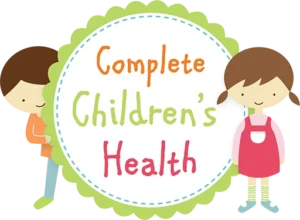Recognising early signs of eating disorders is challenging in any child, but it can be especially complex in children on the autism spectrum. That’s because many behaviours associated with eating disorders—such as selective eating, rigid routines, or sensory sensitivities—can also be part of the neurodivergent profile. However, disordered eating can and does affect autistic children, and spotting the warning signs early can make a critical difference.

Eating disorders don’t always look the same in autistic individuals. Traditional signs like body dissatisfaction or a desire to lose weight might not be present. Instead, food-related anxieties, control-seeking behaviours, or a strong need for predictability may play a larger role. Because of this, disordered eating in neurodivergent children is often misunderstood, overlooked, or mistaken for “just a phase.”
Many autistic children have sensory sensitivities that influence what, how, and when they eat. They might avoid foods with certain textures, colours, or smells. While this kind of selective eating is common in autism, it can sometimes shift into something more concerning—especially if the child starts significantly restricting their intake, skipping meals, or becoming extremely distressed around food.
Rigid routines and rituals can also signal something more. While a preference for structure is typical in autism, if a child becomes distressed when they can’t eat at the same time every day, uses strict rules around portion sizes, or refuses to eat unless certain conditions are met, it’s important to consider whether disordered eating patterns are developing.
Changes in weight are not always a reliable sign, and many children with eating disorders maintain a weight within the average range. Instead, watch for signs like fatigue, low energy, digestive problems, frequent complaints of being cold, or disrupted sleep. Emotional and behavioural changes can also emerge—irritability, anxiety, increased rigidity, or social withdrawal around mealtimes may indicate growing distress.
It’s important to consider whether food and eating are becoming a source of control for the child. If they feel overwhelmed by their environment or by changes in routine, restricting food or adhering to strict eating rituals can sometimes offer a (false) sense of control or safety.
Parents, carers, teachers and health professionals who work with children on the spectrum are often best placed to spot early signs of change. Trust your instincts—if something feels different, it’s worth exploring further. Approach the topic gently and without pressure. For autistic children, direct communication may not always be easy, but creating a safe space to talk—or to express feelings through drawing, writing or other means—can help.
Seeking support early can lead to better outcomes. At CCH we recognise the connection between eating disorders and autism and help with tailored, neuroaffirming interventions that respect the child’s communication style and sensory needs which prove most effective.
Recognising the difference between autistic traits and disordered eating isn’t always simple. But with awareness, patience, and the right support, early intervention is possible—and it can make all the difference to a child’s long-term health and wellbeing.
